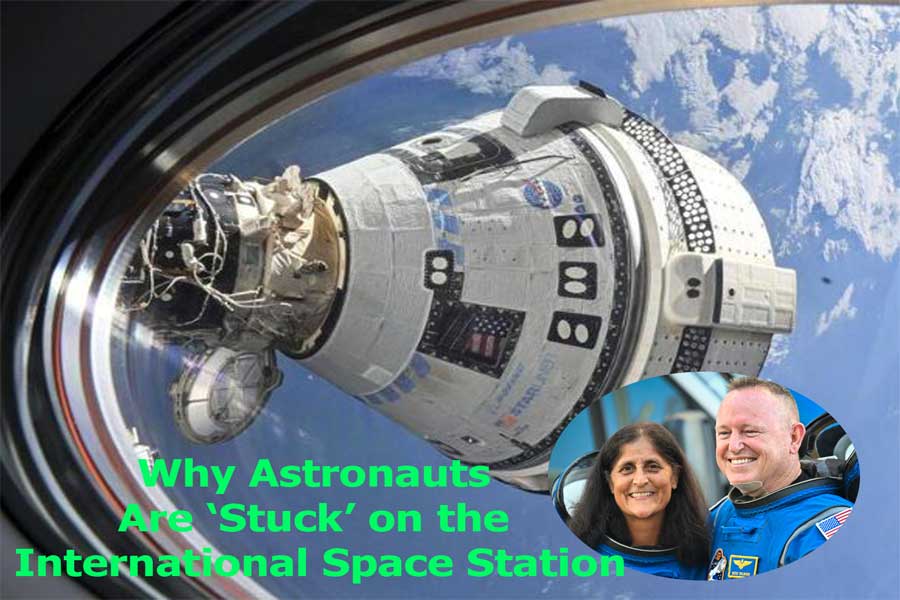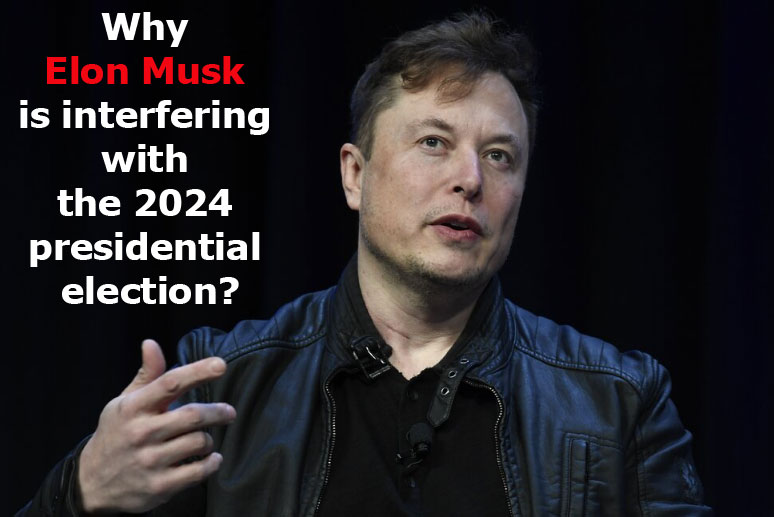Fri, 20 September 2024 03:02:33am
Related Tags: NASA, Boeing Starliner, International Space Station, astronaut return, space mission delays
Why NASA Astronauts Are Stuck on the International Space Station: The Boeing Starliner Dilemma

Why NASA Astronauts Are ‘Stuck’ on the International Space Station: The Boeing Starliner Dilemma
What was meant to be a short-term mission has turned into an unexpected extended stay for astronauts Butch Wilmore and Sunita Williams on the International Space Station (ISS). Originally scheduled to return to Earth weeks ago, their journey back remains uncertain. The culprit? Boeing’s Starliner spacecraft, which has faced a series of technical setbacks, leaving NASA to explore alternative plans. Is this a sign of deeper issues within Boeing’s space program, or merely a bump in the road?
The Delayed Return: What Happened?
Boeing’s Starliner spacecraft successfully carried astronauts Wilmore and Williams to the ISS nearly two months ago. However, their return has been delayed by over seven weeks, with no clear date set for their journey back to Earth. NASA has floated multiple options, including returning on Starliner or waiting for SpaceX’s Crew-9 mission. The uncertainty stems from technical issues that arose during the mission, particularly with Starliner’s thrusters and helium system.
Boeing Starliner’s Troubles: A History of Setbacks
The Starliner spacecraft, once seen as a competitor to SpaceX’s Crew Dragon, has faced numerous delays and technical challenges. During its recent mission, several thrusters malfunctioned, causing delays in docking with the ISS. Additionally, helium system leaks were detected, further complicating the mission. Despite these issues, Boeing and NASA maintain confidence in Starliner’s ability to safely return the astronauts to Earth. However, the spacecraft’s track record raises questions about its reliability and future in NASA’s human spaceflight program.
NASA’s Contingency Plans: Exploring Alternatives
NASA has not yet committed to a return plan for Wilmore and Williams. One option is to bring them back on Starliner after additional testing and analysis. Another is to have them stay on the ISS for several more months, returning with SpaceX’s Crew-9 mission. While NASA officials insist that the astronauts are not “stranded” on the ISS, the delay in their return has prompted discussions about the best course of action.
The Impact on NASA’s Space Program
The ongoing issues with Starliner could have broader implications for NASA’s Commercial Crew Program. Originally intended to offer a reliable alternative to SpaceX’s Crew Dragon, Starliner’s repeated setbacks have cast doubt on its viability. NASA has yet to certify Starliner for regular human spaceflight, and the current mission’s challenges may delay that process even further.
Who Are Butch Wilmore and Sunita Williams?
Butch Wilmore and Sunita Williams are experienced astronauts with extensive spaceflight histories. Wilmore, serving as the commander of the Crew Flight Test mission, has accumulated over 170 days in space. Williams, the mission’s pilot, is on her third mission to the ISS and has spent more than 320 days in space. Their current mission was meant to be a routine test flight, but it has turned into an extended stay as NASA and Boeing work to ensure their safe return.
Key Points:
- Boeing’s Starliner spacecraft has faced multiple technical setbacks, delaying the return of astronauts Butch Wilmore and Sunita Williams.
- NASA is exploring alternative return plans, including waiting for SpaceX’s Crew-9 mission.
- Starliner’s reliability is in question, potentially affecting its role in NASA’s human spaceflight program.
- The current mission’s challenges may delay Starliner’s certification for regular human spaceflight.
- Astronauts Wilmore and Williams are experienced space travelers, now facing an unexpected extended stay on the ISS.



